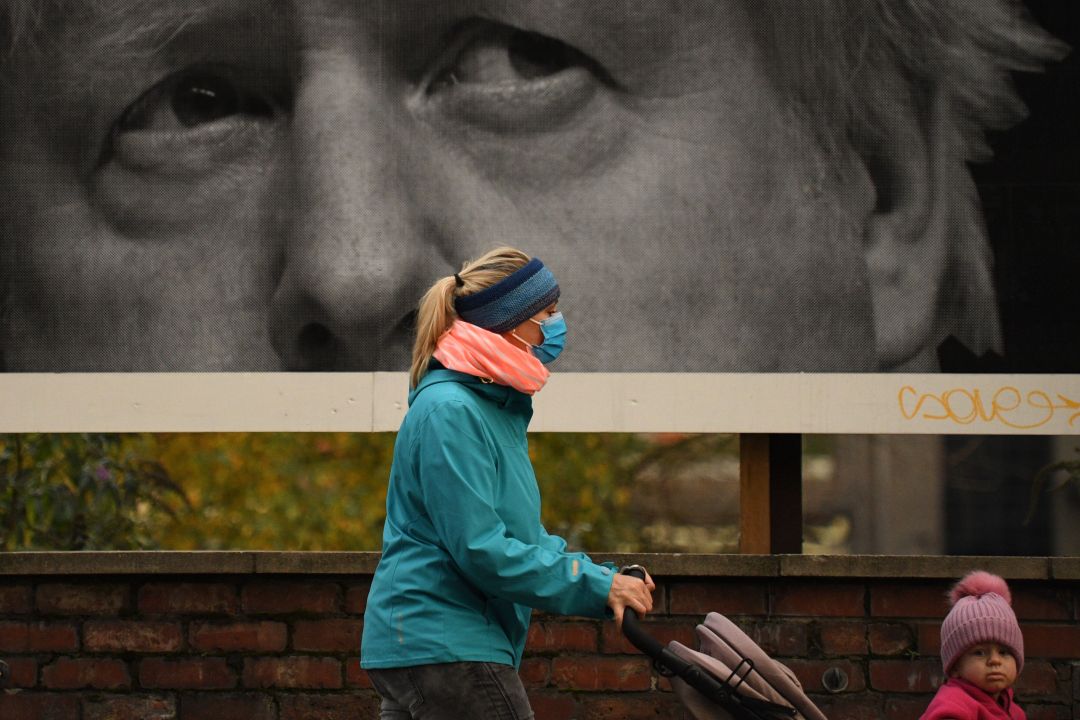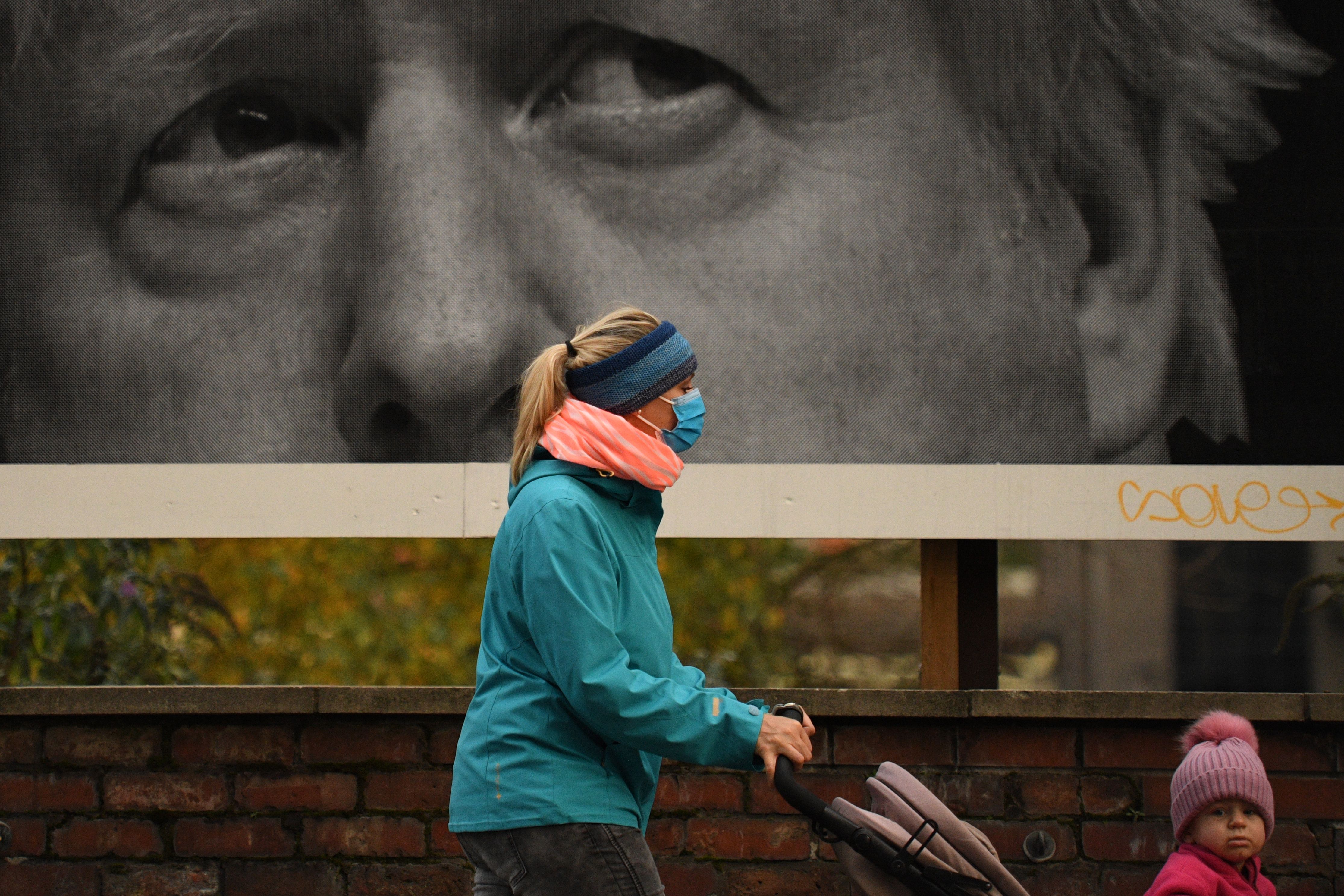Beware data that is released on the eve of a Commons vote on lockdown restrictions. That was the lesson of the graph presented by Sir Patrick Vallance at the Downing Street press briefing on 31 October, which included a scenario of 4,000 deaths a day by December unless drastic action was taken. The figure quickly fell apart when it was revealed that the data was several weeks out of date and the curve shown on the graph was already running well ahead of reality. What, then, to make of the React study published this morning, reported on the BBC news and elsewhere this morning, claiming that Covid cases have ‘fallen by about a third over lockdown’? Does the research show that cases fell because of lockdown?
This idea that cases fell as a result of lockdown suits the government’s narrative as it seeks Commons support for a new tier structure that is notably more severe than the system it replaces — both in terms of the rules applied to each tier and the extent of the areas put into the higher tiers. Yet it is not quite the picture painted by the React study.
React, which is run by Imperial College and Ipsos MORI, is one of two regular studies measuring the prevalence of Covid-19 in the general population, which test a randomised sample of people. The other random sampling study is the weekly ONS infection survey. Both are a better guide to infection rates than the daily infection figures published by Public Health England (PHE) because they sample the population as a whole rather than just those people seeking tests.
>However, the React study is a little awkward in that it is not continuous. The study published today, round seven, covers research conducted between 13 and 24 November. The previous study, round six, was divided into two: the first involving tests taken between 16 October and 25 October, and the second covering 26 October to 2 November. The study before that covered 18 September to 5 October. There are therefore agonising gaps in the data.
Today’s study puts the prevalence of Covid at 0.78 per cent of the population. The last study, round six, showed the prevalence of Covid at 1.3 per cent, having roughly doubled compared with the study before, when it was 0.6 per cent. However, the two halves of round six showed little difference in prevalence: between 16 and 25 October the study suggested 1.28 per cent of the population had Covid and between 26 October and 2 November it suggested 1.32 per cent. In other words, the growth in the number of infections had already markedly slowed by the start of November, when the English lockdown came into force.
The React study also produces an estimate for the R number — the average number of people each infected person goes on to infect. The R number between 16 and 25 October was estimated to be 1.56. Between 26 October and 2 November, on the other hand, it estimates R at 0.85 per cent. There is a broad margin of error in these estimates — the range for the first period is put at between 1.27 and 1.89 and for the second period between 0.73 and 0.99. Even so, it does suggest an epidemic that was already in retreat before lockdown began. In the most recent study, the R number is estimated at 0.71.
How does the ONS survey compare? It, too, suggests that the epidemic was already slowing before lockdown began. The curve of weekly prevalence measures suggests that it began to level off around 25 October, with prevalence peaking around 14 November. It is also worth noting that the Covid symptoms app, which has over a million active users and was developed with King’s College and health firm Zoe, also suggests cases were slowing before lockdown, as its lead scientist Tim Spector wrote on Coffee House over the weekend. MPs who have been asked to support the more severe tiers may want to take a closer look.








Comments